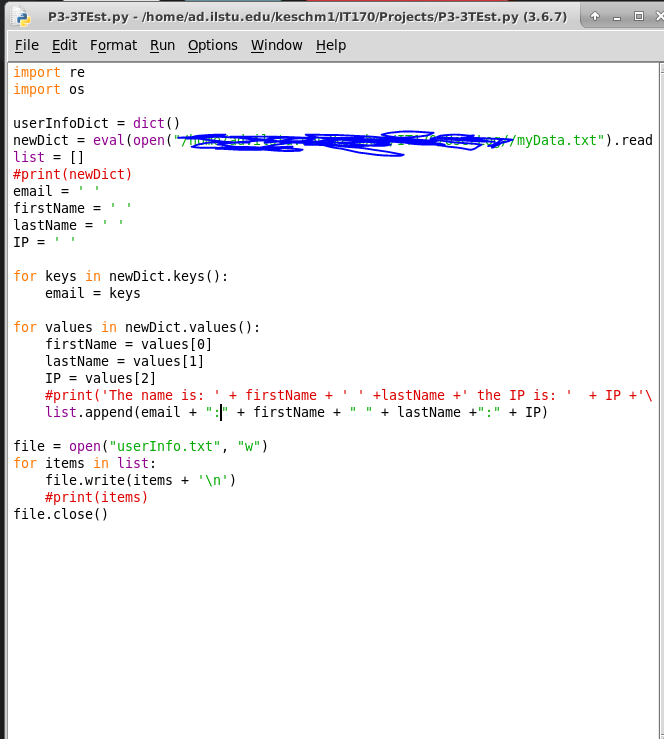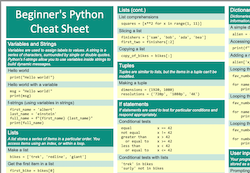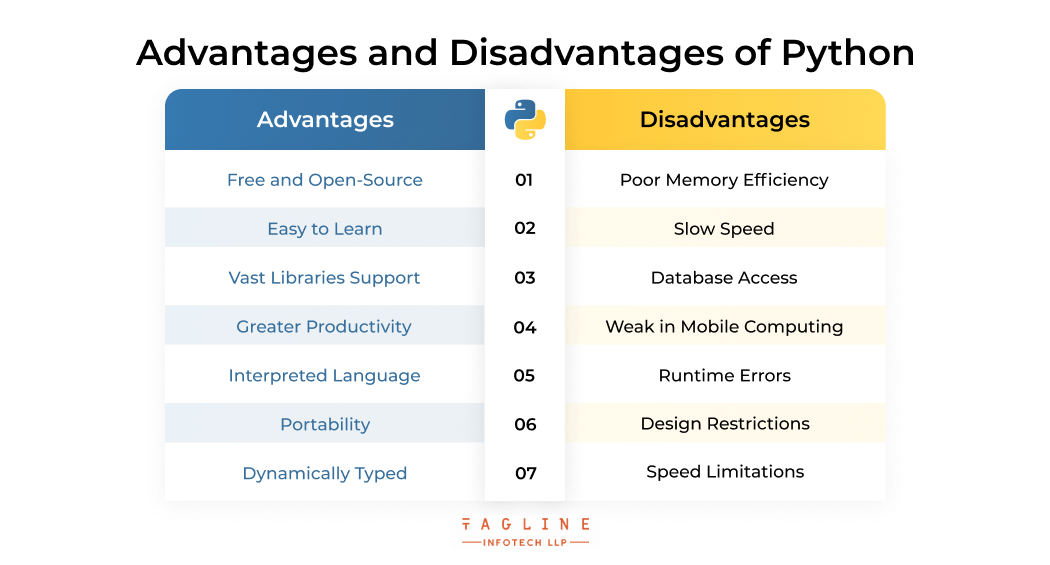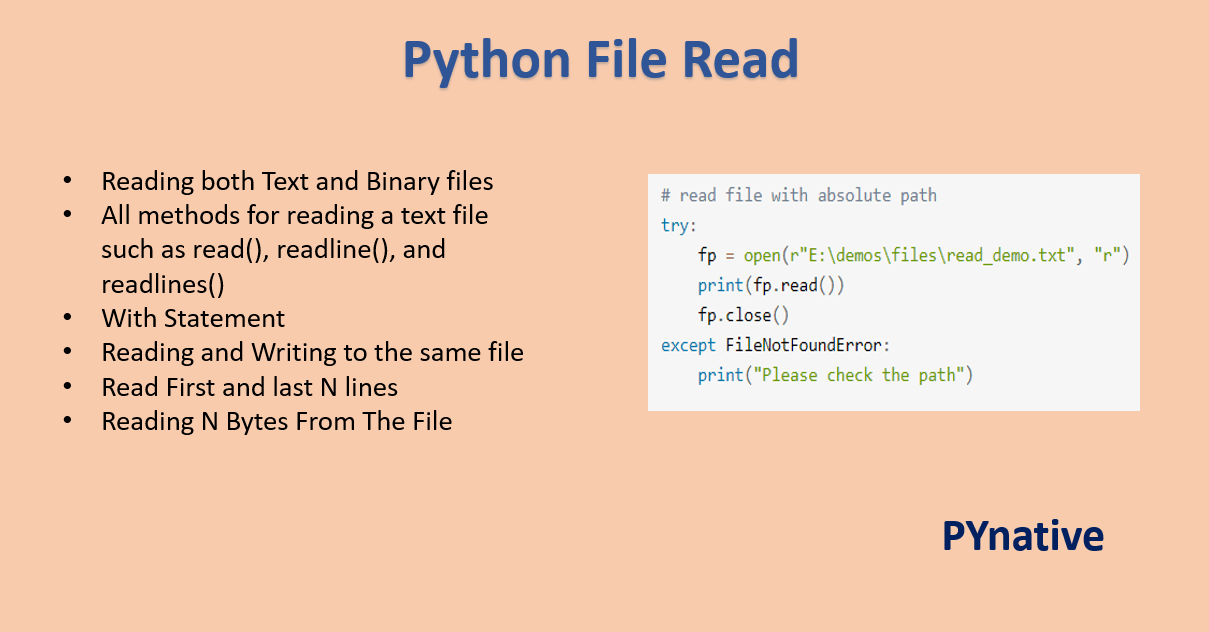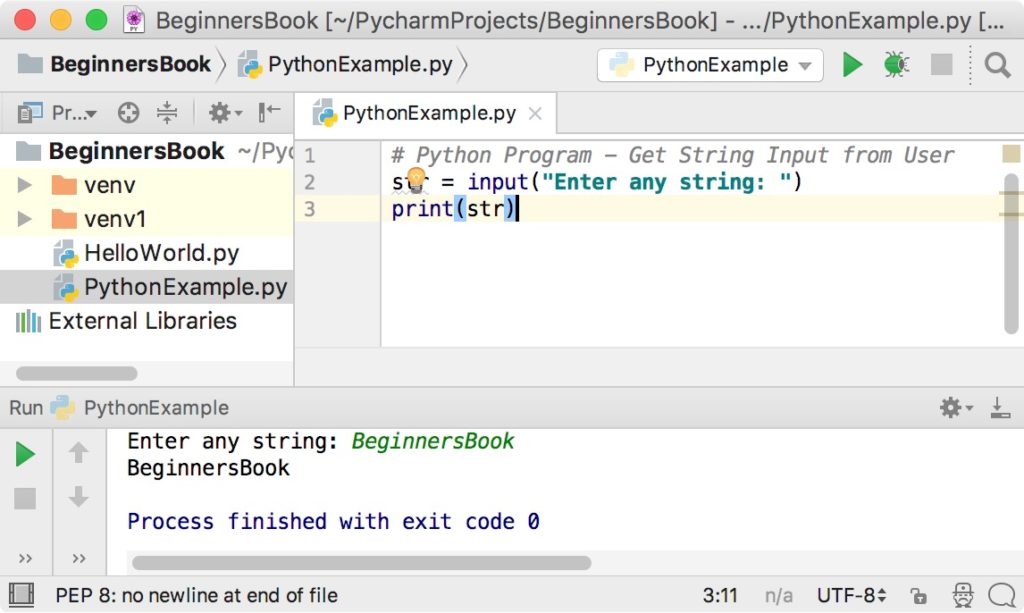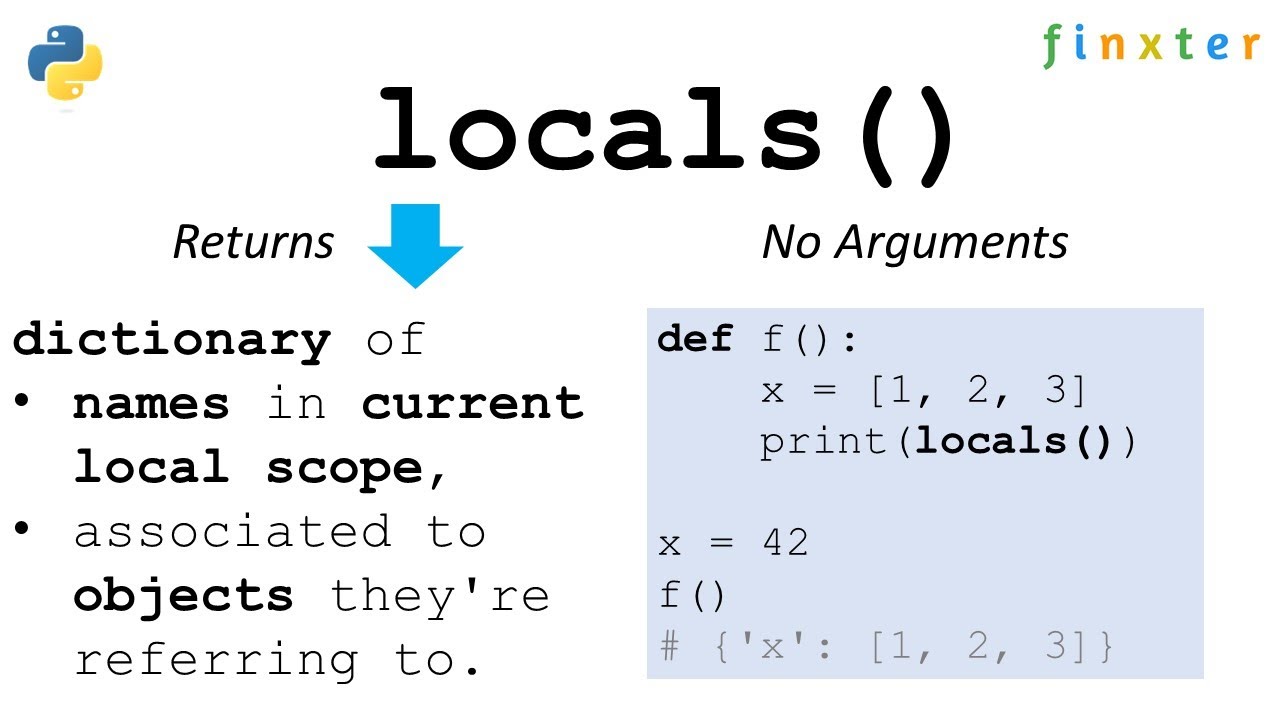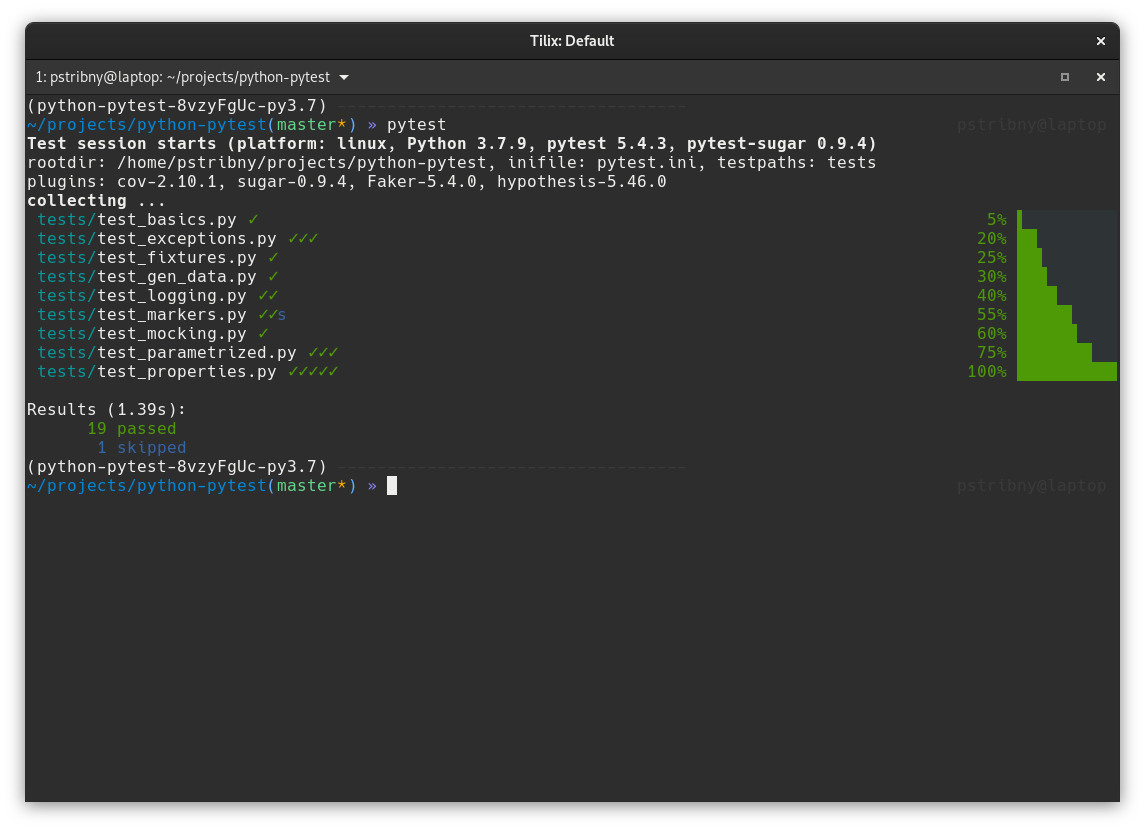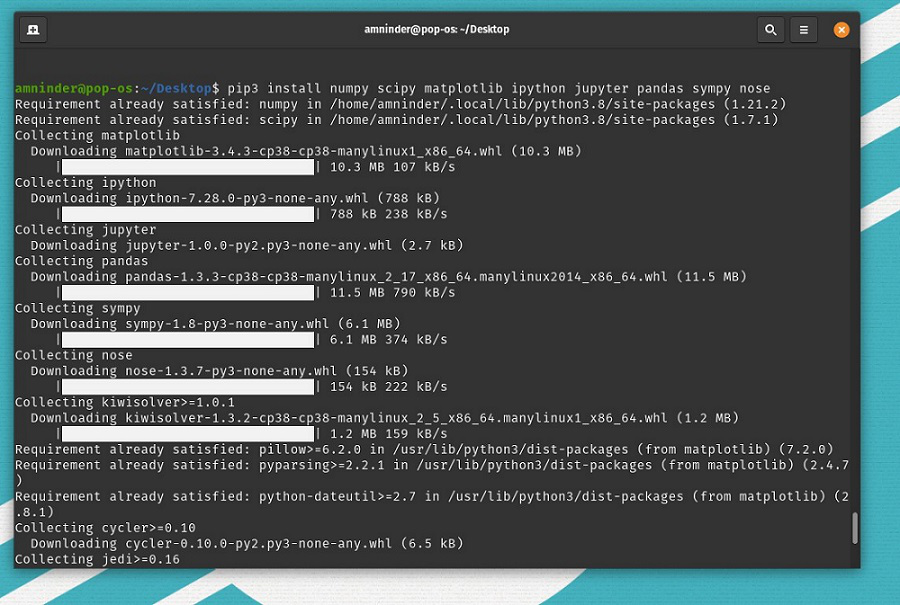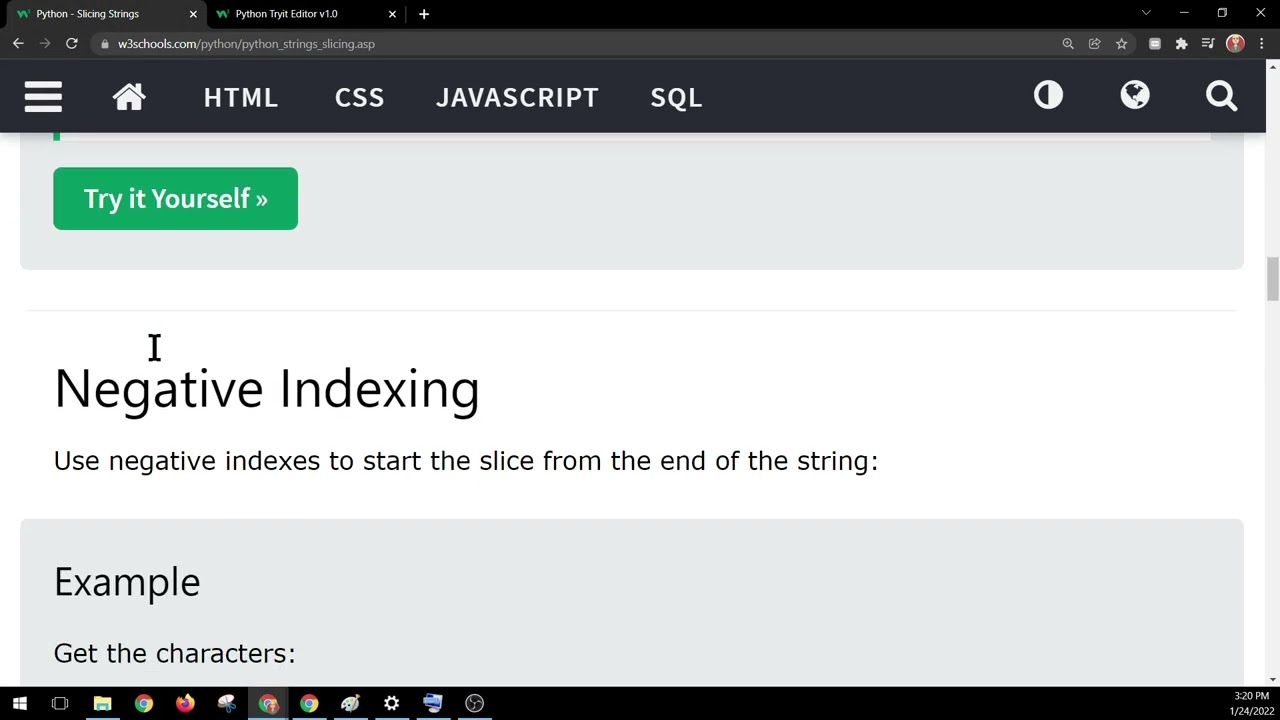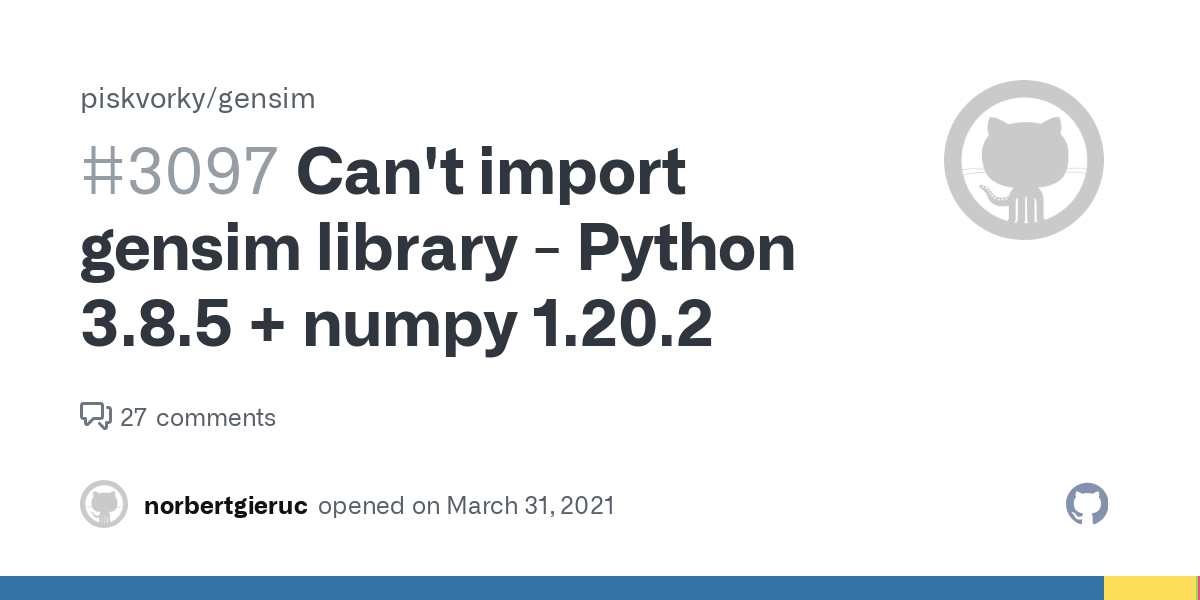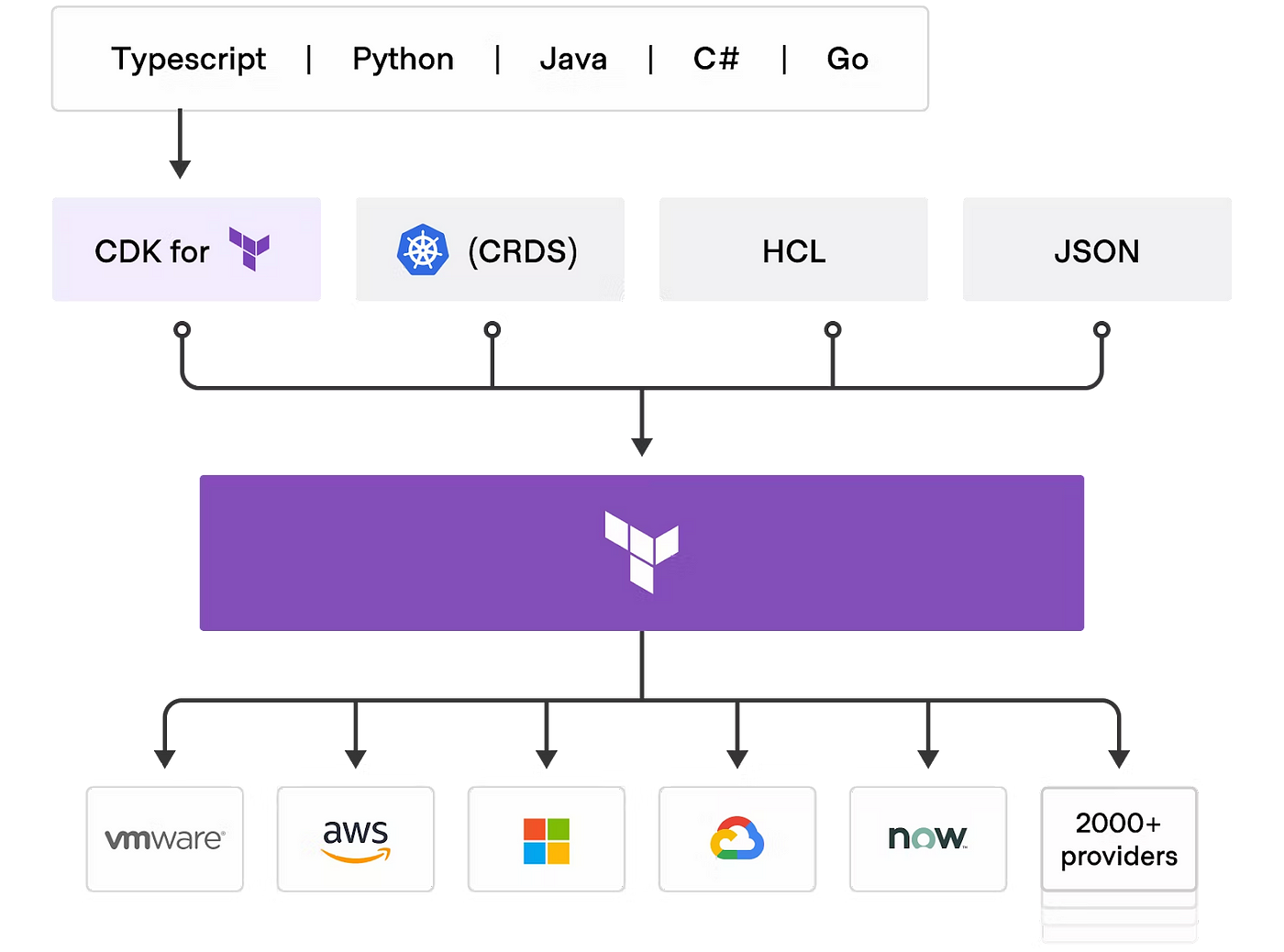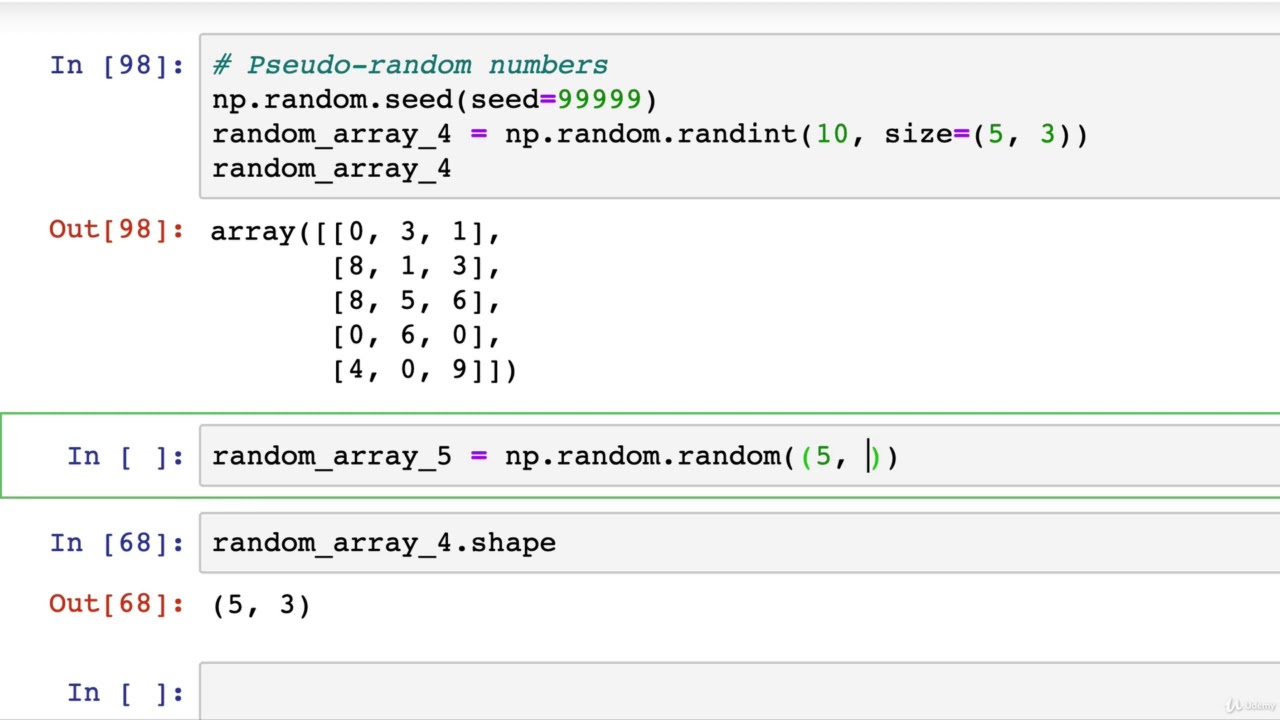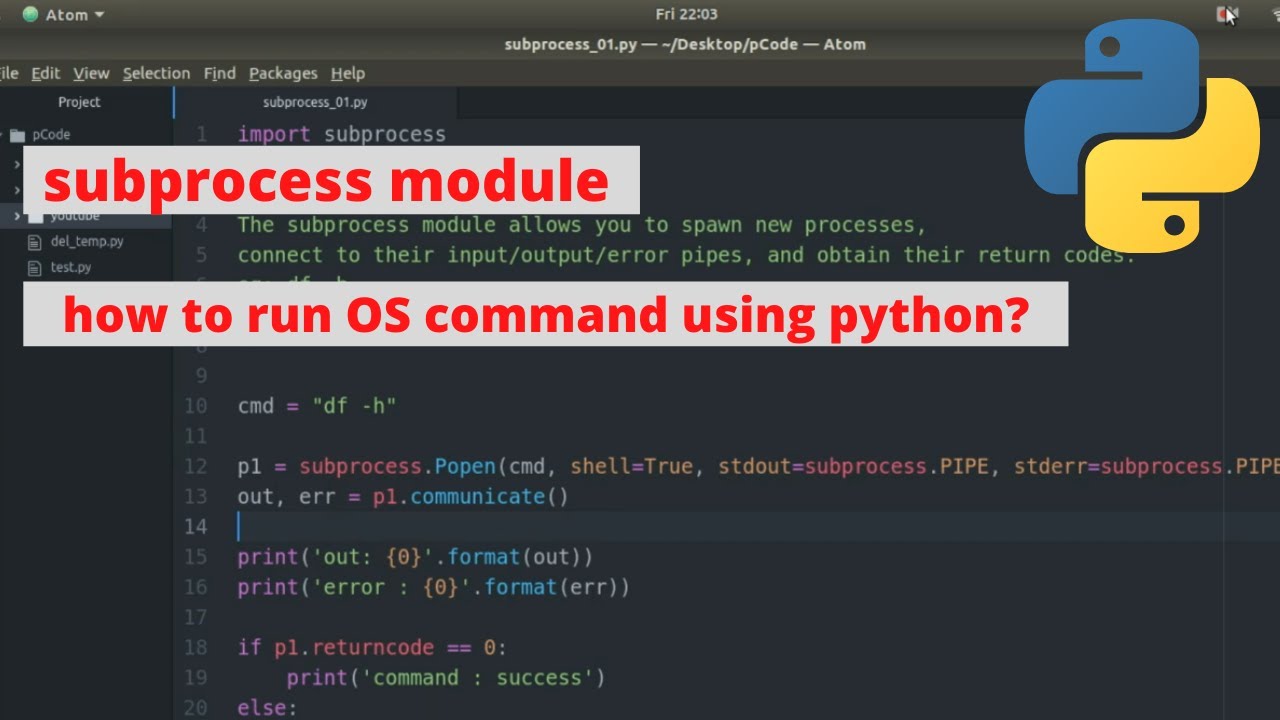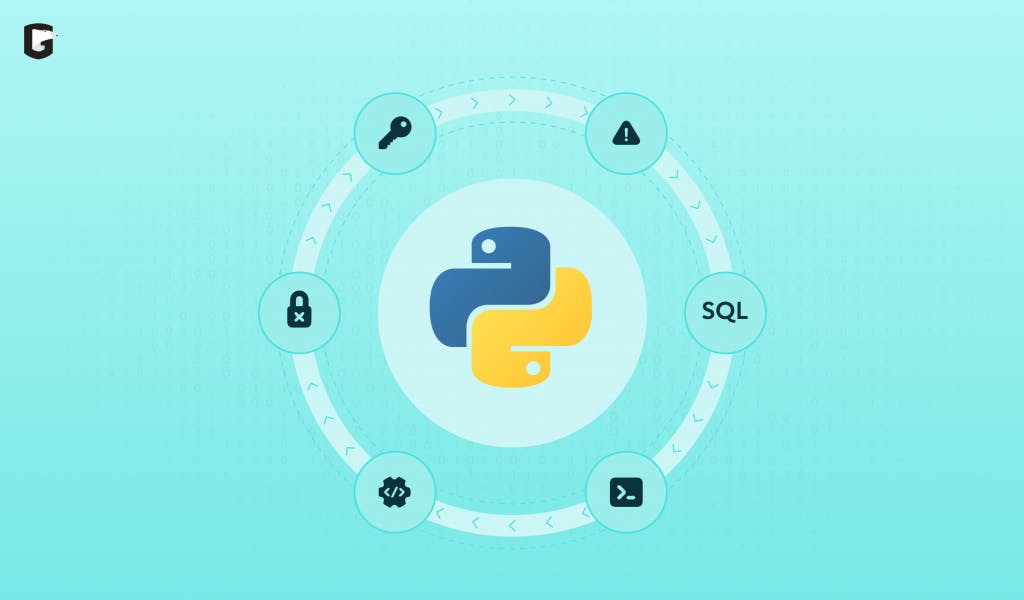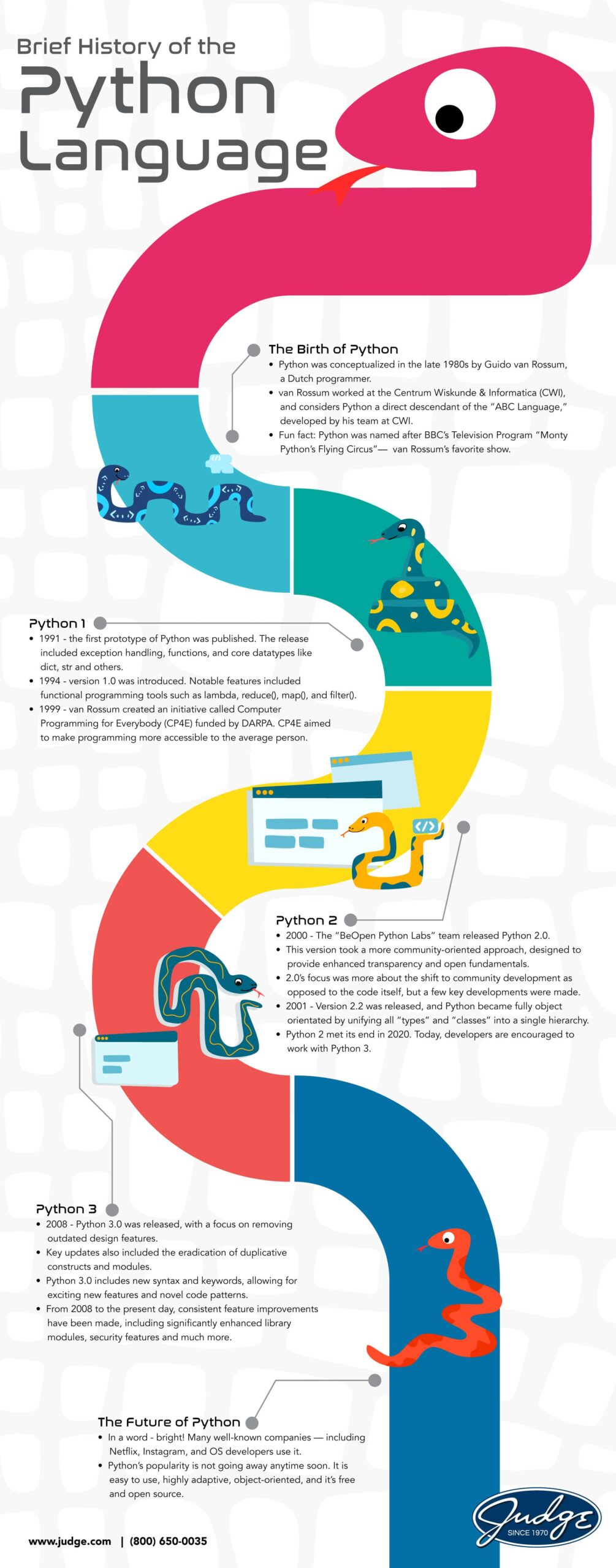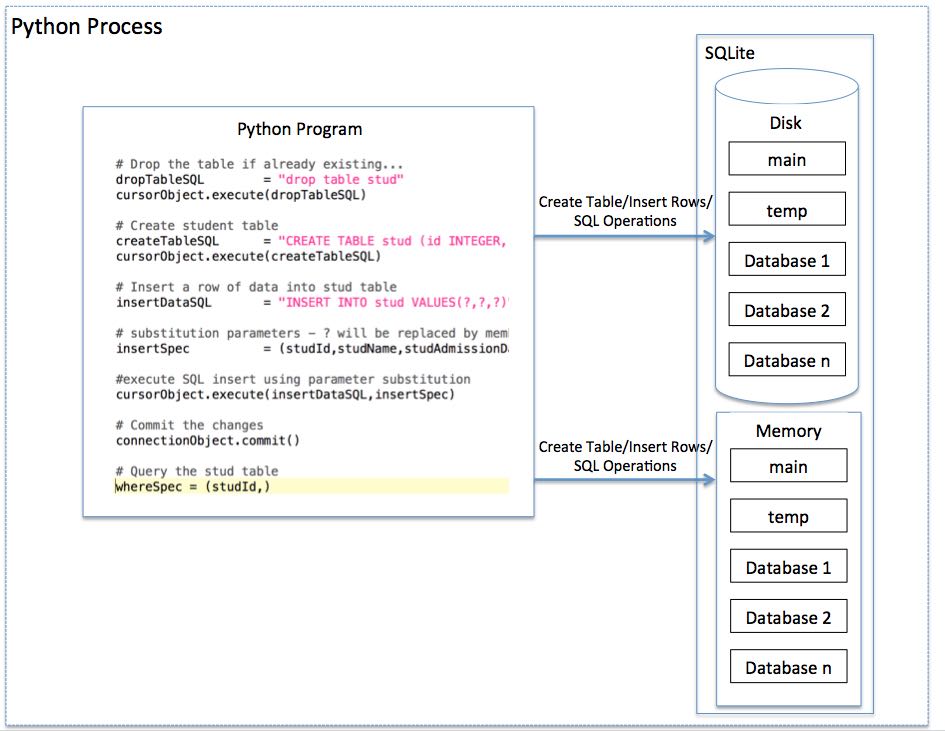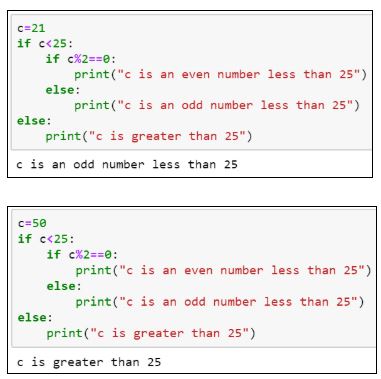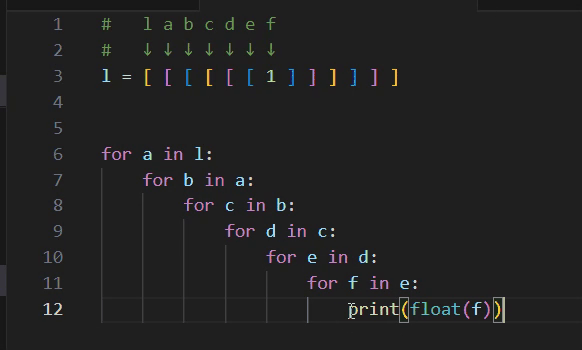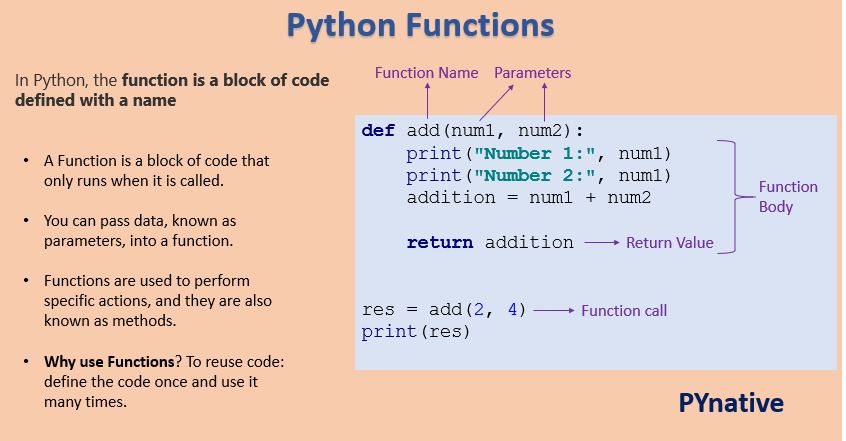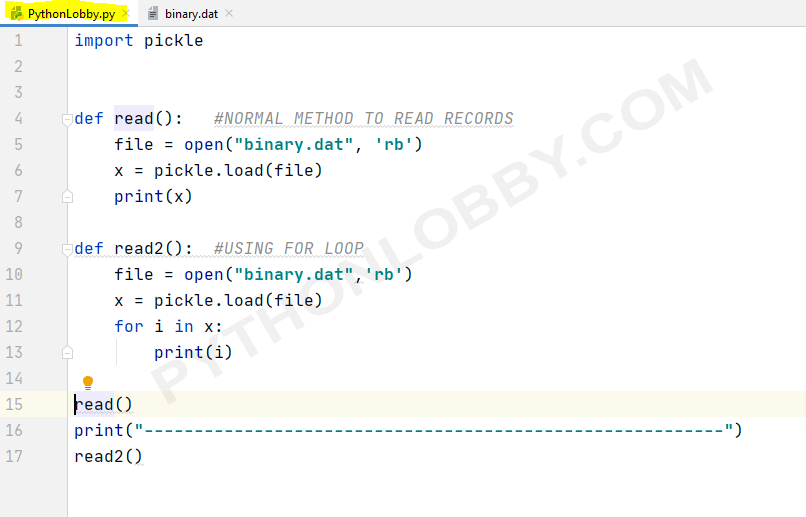What is the use of lambda in Python?
What is the use of lambda in Python?
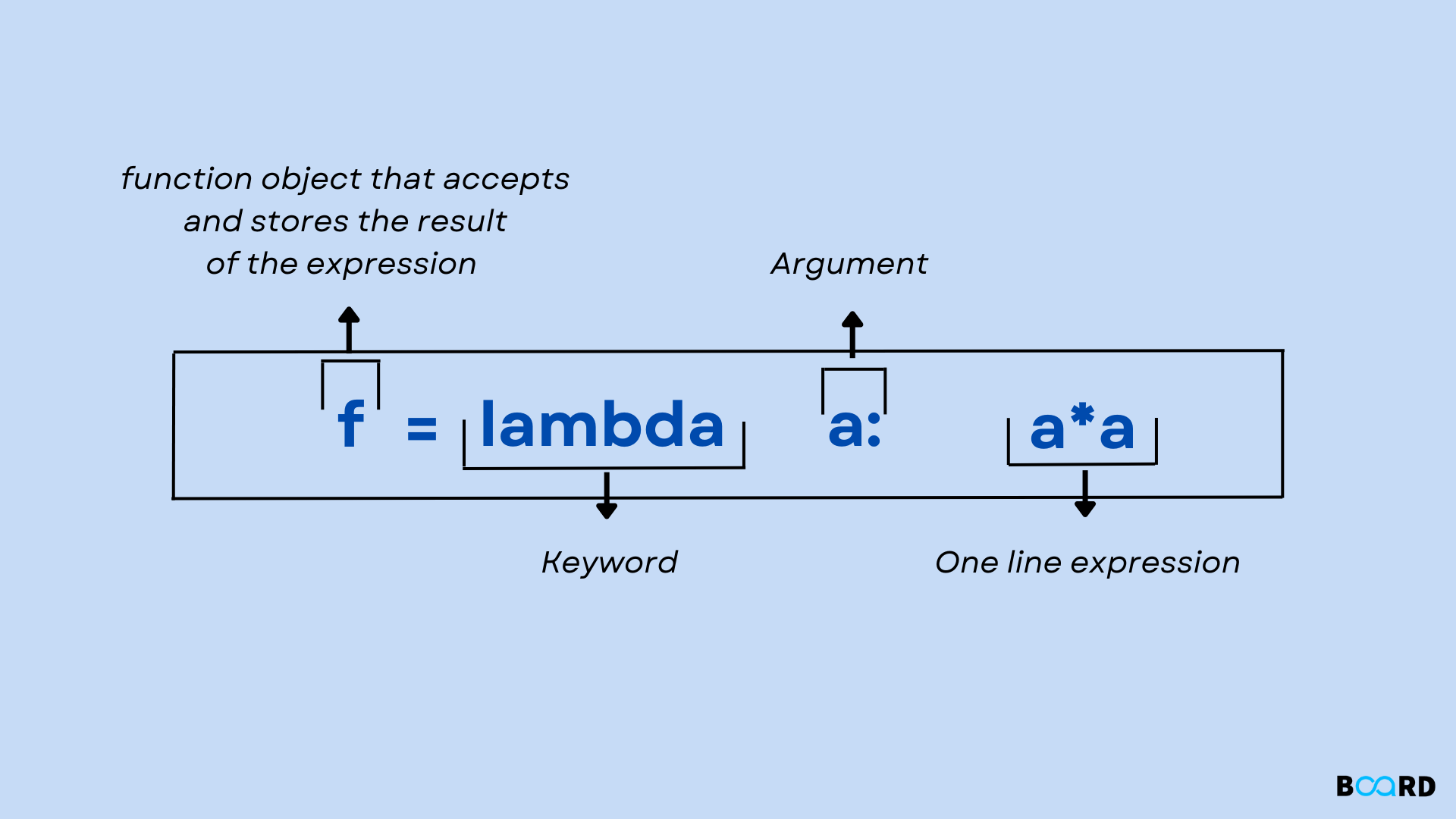
I'd be happy to explain what the lambda function is and its usage in Python.
What is a Lambda Function?
In Python, a lambda function (often shortened as lambda) is an anonymous function that can be defined inline within your code. It's a shorthand way to create small, one-off functions that perform specific operations without having to declare a named function with the def keyword. Lambda functions are particularly useful when you need a quick, simple function to perform a specific task.
Syntax
The syntax for defining a lambda function is as follows:
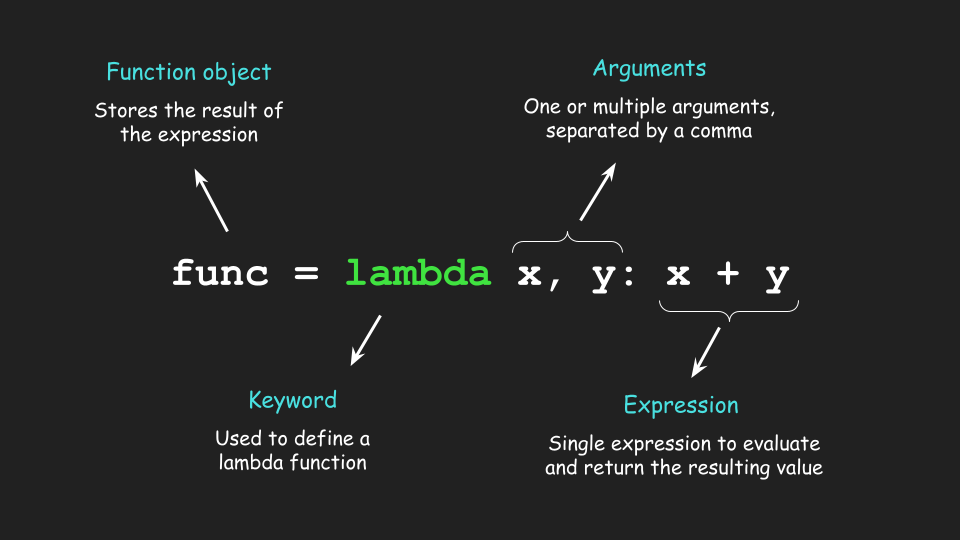
lambda arguments: expression
Here:
arguments: These are the input parameters that your lambda function will take. You can specify multiple arguments by separating them with commas. expression: This is the code that gets executed when you call the lambda function.
Examples
Let's dive into some examples to illustrate how lambda functions work:
Simple Lambda FunctionSuppose you need a function that simply returns the square of its input:
square = lambda x: x ** 2
print(square(5)) # Output: 25
In this example, we define a lambda function square that takes one argument x. The expression inside the lambda function is x ** 2, which returns the square of x.
You can use lambda functions as event handlers in Python:
import tkinter as tk
root = tk.Tk()
button = tk.Button(root, text="Click me!")
button.pack()
Define a lambda function to handle button clicks
button.config(command=lambda: print("Button clicked!"))
root.mainloop()
In this example, we create a simple GUI application with a button. We use a lambda function as the event handler for the button's command parameter.
You can also use lambda functions with built-in Python functions like map():
numbers = [1, 2, 3, 4, 5]
squares = list(map(lambda x: x ** 2, numbers))
print(squares) # Output: [1, 4, 9, 16, 25]
Here, we define a lambda function that takes an integer x and returns its square. We then use the map() function to apply this lambda function to each element in the numbers list.
Advantages
Lambda functions have several advantages:
Concise: Lambda functions are often more concise than named functions, making your code more readable. Anonymous: You don't need to give a name to a lambda function, which can be useful when you only use it once or twice in your code. Dynamic: Lambda functions can be defined and used dynamically, allowing for more flexible programming.Conclusion
In conclusion, lambda functions are a powerful tool in Python that allows you to define small, anonymous functions on the fly. They're particularly useful when you need a quick, simple function to perform a specific task. With their concise syntax and dynamic nature, lambda functions can make your code more readable and flexible.
What are the four types of functions in Python?
I'd be happy to explain the different types of functions in Python!
In Python, a function is a block of code that can be executed multiple times from different parts of your program. Functions allow you to group a set of statements together to perform a specific task. There are several types of functions in Python, including:
Built-in Functions: These are functions that are already defined in the Python language itself. Examples includeprint(), len(), and type(). You don't need to define these functions yourself because they're already built into the language. User-Defined Functions: These are functions that you, as a programmer, create using your own code. User-defined functions can be used to perform specific tasks or operations. For example, if you're working on a program that deals with calculations involving numbers, you might create a user-defined function called add_numbers() that takes two parameters and returns their sum. Recursive Functions: These are functions that call themselves repeatedly until they reach a base case that stops the recursion. Recursive functions can be used to perform tasks like calculating factorials or determining whether a number is prime. Lambda Functions: Lambda functions, also known as anonymous functions, are small, one-line functions that you can define without declaring them first. Lambda functions are often used when you need a quick function that doesn't require much code or complexity. For example, if you're working with a list of numbers and you want to square each number in the list, you might use a lambda function like lambda x: x * x to perform this task.
Here's an example of how you could use different types of functions in a Python program:
# Built-in Function
print("Hello, world!") # Output: Hello, world!
User-Defined Function
def add_numbers(a, b):
return a + b
result = add_numbers(3, 5)
print(result) # Output: 8
Recursive Function
def factorial(n):
if n == 0 or n == 1:
return 1
else:
return n * factorial(n - 1)
print(factorial(4)) # Output: 24
Lambda Function
squares = list(map(lambda x: x ** 2, range(5)))
print(squares) # Output: [0, 1, 4, 9, 16]
In this example, we use a built-in print() function to print a message, a user-defined add_numbers() function to add two numbers together, a recursive factorial() function to calculate the factorial of a number, and a lambda function to square each number in a list.


